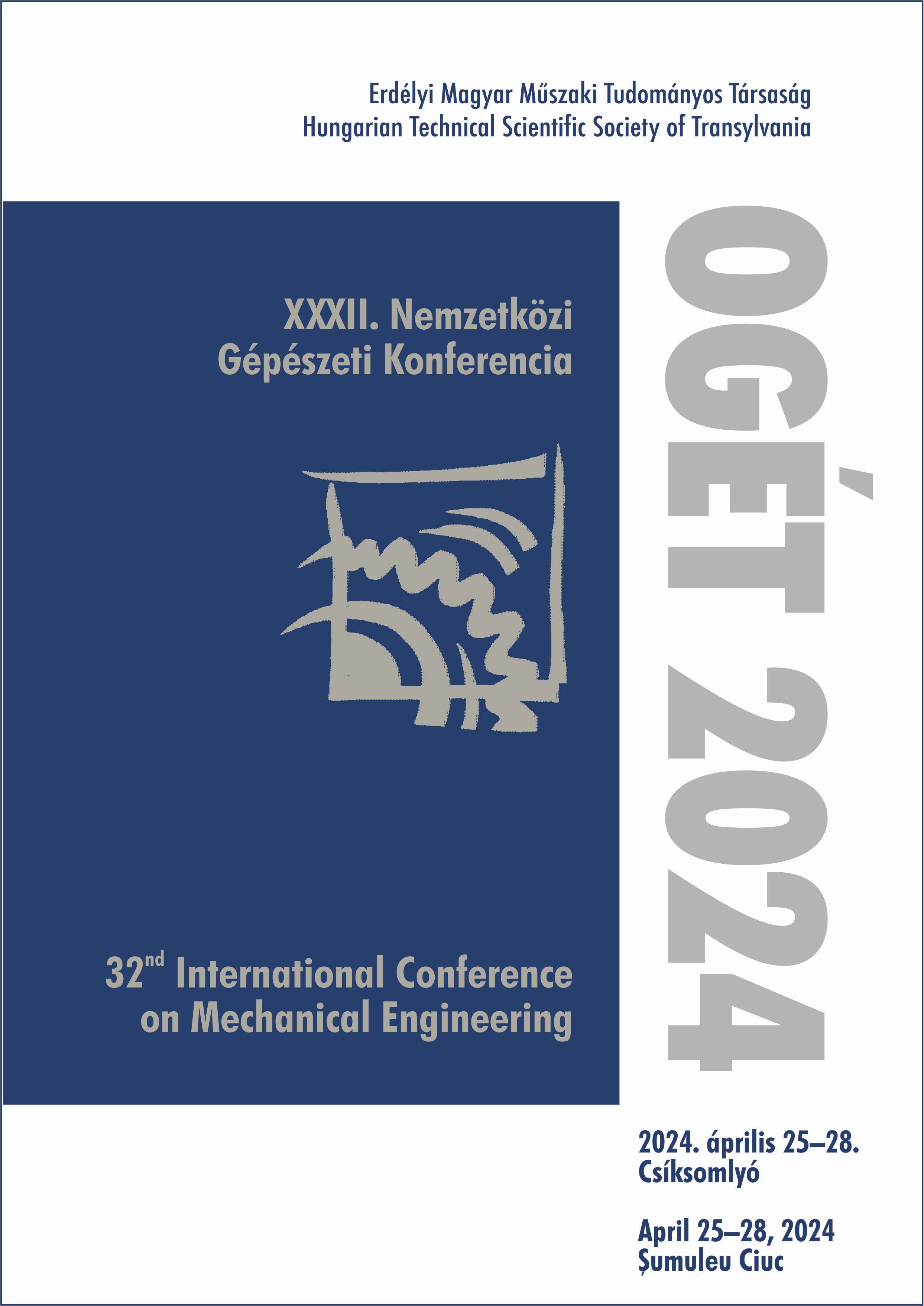Virtuális beteg adatbázis létrehozása érrendszeri modellel
Creating a virtual patient database with a vascular system model
Keywords:
virtual patient database, hemodynamics, low-dimensional simulation, vascular system model, /, virtuális beteg adatbázis, hemodinamika, alacsony dimenziós szimuláció, érrendszeri modellAbstract
Many people worldwide die from vascular diseases, so the relevance of blood circulation modelling is beyond doubt. The present work aims at creating a virtual patient database, reflecting global reality in examining essential physiological characteristics, determined by physicians. The virtual patients are also divided into groups, based on age and gender. Each individual in the database is a zero- and one-dimensional vessel network model, whose parameters are required for the flow simulation, defining the database.
Kivonat
Világszerte rengetegen halnak meg érrendszeri betegségekben, így a vérkeringés modellezésének relevanciája egyértelmű. A jelen munka célja olyan virtuális beteg adatbázis létrehozása, ami orvosok által meghatározott, irányadó élettani jellemzők esetén globálisan tükrözi a valóságot, és emellett kor és nem szerinti csoportokat is tartalmaz. Az adatbázis minden egyede egy nulla és egy dimenziós érhálózati modell, amelynek az áramlástani szimulációhoz szükséges paraméterei definiálják az adatbázist.
References
R. Wéber, M. Viharos, and G. Paál, ‘Improvement for the hemodynamic solver, First Blood, using the MacCormack scheme’. Biomechanica Hungarica, Under publication.
U. Morbiducci et al., ‘Outflow Conditions for Image-Based Hemodynamic Models of the Carotid Bifurcation: Implications for Indicators of Abnormal Flow’, J. Biomech. Eng., vol. 132, no. 9, p. 091005, Sep. 2010, doi: 10.1115/1.4001886.
G. Jones, J. Parr, P. Nithiarasu, and S. Pant, ‘A physiologically realistic virtual patient database for the study of arterial haemodynamics’, Int. J. Numer. Methods Biomed. Eng., vol. 37, no. 10, p. e3497, Oct. 2021, doi: 10.1002/cnm.3497.
M. S. Olufsen, ‘Structured tree outflow condition for blood flow in larger systemic arteries’, Am. J. Physiol., vol. 276, no. 1, pp. H257-268, Jan. 1999, doi: 10.1152/ajpheart.1999.276.1.H257.
R. Wéber, D. Gyürki, and G. Paál, ‘First blood: An efficient, hybrid one- and zero-dimensional, modular hemodynamic solver’, Int. J. Numer. Methods Biomed. Eng., vol. 39, no. 5, p. e3701, May 2023, doi: 10.1002/cnm.3701.
C. M. McEniery, Yasmin, I. R. Hall, A. Qasem, I. B. Wilkinson, and J. R. Cockcroft, ‘Normal Vascular Aging: Differential Effects on Wave Reflection and Aortic Pulse Wave Velocity’, J. Am. Coll. Cardiol., vol. 46, no. 9, pp. 1753–1760, Nov. 2005, doi: 10.1016/j.jacc.2005.07.037.
P. H. Charlton, J. Mariscal Harana, S. Vennin, Y. Li, P. Chowienczyk, and J. Alastruey, ‘Modeling arterial pulse waves in healthy aging: a database for in silico evaluation of hemodynamics and pulse wave indexes’, Am. J. Physiol. Heart Circ. Physiol., vol. 317, no. 5, pp. H1062–H1085, Nov. 2019, doi: 10.1152/ajpheart.00218.2019.
M. Ring, M. J. Eriksson, J. R. Zierath, and K. Caidahl, ‘Arterial stiffness estimation in healthy subjects: a validation of oscillometric (Arteriograph) and tonometric (SphygmoCor) techniques’, Hypertens. Res. Off. J. Jpn. Soc. Hypertens., vol. 37, no. 11, pp. 999–1007, Nov. 2014, doi: 10.1038/hr.2014.115.


